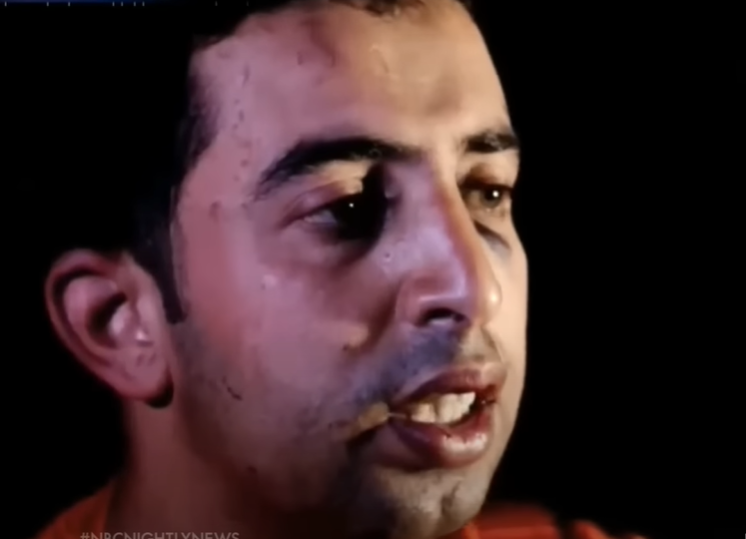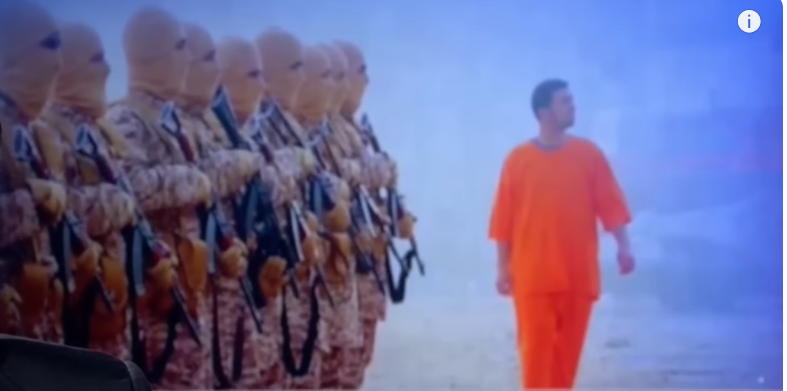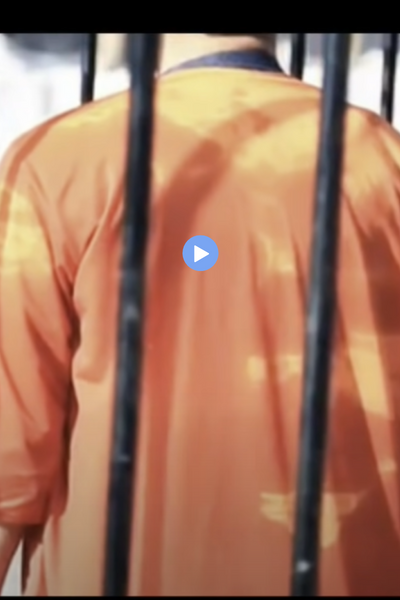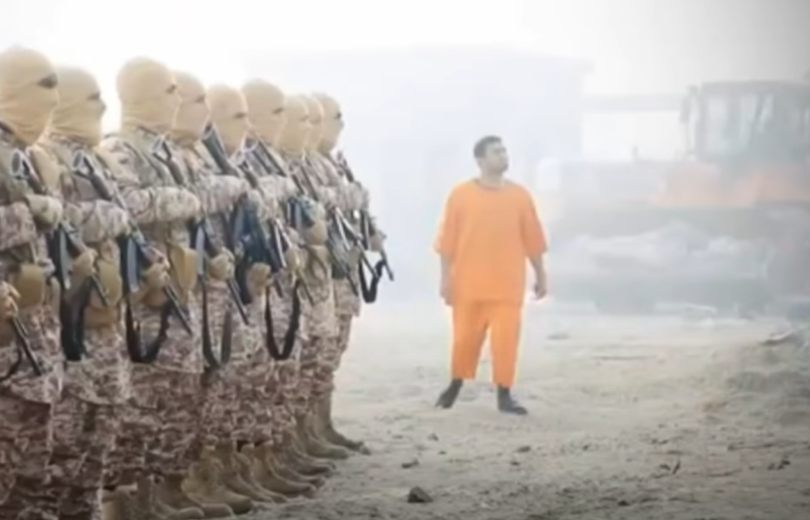The world was left in shock and disbelief when the horrific video of Muʿādh Sāfī Yūsif al-Kasāsba being burned alive by the Islamic State (ISIL) emerged. This tragic event shed light on the brutality of this militant group and the immense suffering endured by its victims. The story of Muʿādh Sāfī Yūsif al-Kasāsba, a Jordanian pilot, is a heartbreaking tale of capture, negotiations, and ultimate brutality. This article delves into the life of Muʿādh al-Kasāsba, the circumstances of his capture, the failed negotiations for his release, and the horrifying video that shocked the world.

The Life of Muʿādh Sāfī Yūsif al-Kasāsba
Muʿādh Sāfī Yūsif al-Kasāsba was born on May 29, 1988, in Al Karak, Jordan, to Issaf and Safi Yousef al-Kasāsba. He was one of eight children in the al-Kasāsba family and followed in the footsteps of his uncle, Fahed al-Kasāsba, who was a Major General in the Royal Jordanian Army. Muʿādh al-Kasāsba was a Sunni Muslim and hailed from the influential Sunni Muslim Bararsheh tribe in southern Jordan.
In September 2014, Muʿādh al-Kasāsba married engineer Anwar al-Tarawneh, marking a joyous milestone in his personal life. He resided in the village of Ay, situated in the Karak Mountains in Karak Governorate, Jordan, about 90 miles south of the capital, Amman.

His Military Career
A young and ambitious individual, Muʿādh al-Kasāsba began his journey as a fighter pilot when he graduated from the King Hussein Air College in 2009. He joined the Royal Jordanian Air Force and underwent intensive training in F-16 fighter aircraft. By 2012, he achieved the status of an operational F-16 pilot and was assigned to No. 1 Squadron at Muwaffaq Salti Air Base. At the time of his capture, Muʿādh held the rank of a first lieutenant, and he was posthumously promoted to captain.

The Tragic Capture
The harrowing events that led to the capture of Muʿādh Sāfī Yūsif al-Kasāsba began on December 24, 2014. Muʿādh was piloting a Lockheed Martin F-16 fighter aircraft during a bombing mission over Raqqa, Syria, as part of the military intervention against the Islamic State. Tragedy struck when his plane encountered mechanical problems, leading to a crash landing. Jordanian authorities claimed it was a technical failure that forced Muʿādh to eject from the aircraft at a low altitude. However, ISIL asserted that it had shot down the plane using a heat-seeking missile.
After ejecting from his aircraft, Muʿādh landed in a lake near Raqqa, Syria, but his ordeal had only just begun. He was captured by ISIL militants, who swiftly pulled him from the water. United States officials initiated a search and rescue mission, but unfortunately, they could not locate him before he fell into the hands of his captors. Muʿādh’s capture was reported in ISIL’s propaganda magazine, Dabiq, in a detailed interview he gave while in captivity.

Negotiations and the Horrifying Video
In the wake of Muʿādh al-Kasāsba’s capture, negotiations for his release took a dark turn. Initially, ISIL proposed a prisoner exchange that involved Muʿādh and a Japanese journalist, Kenji Goto, for Sajida al-Rishawi, an Iraqi woman sentenced to death by Jordan for her involvement in the 2005 Amman hotel bombings. The Jordanian government insisted on proof that Muʿādh was still alive before proceeding with the exchange. ISIL, refusing to comply, published a video that would horrify the world.
On February 3, 2015, ISIL released a video that showed Muʿādh al-Kasāsba being burned alive while trapped inside a cage. The horrifying footage, coupled with the tragic fate of a young pilot, sparked widespread outrage in Jordan and condemnation from around the world. Muʿādh’s brutal death exposed the depths of ISIL’s cruelty and its utter disregard for human life.
Retaliation and Aftermath
Muʿādh al-Kasāsba’s gruesome killing left Jordan in mourning, and it galvanized King Abdullah into taking swift action. The Jordanian government executed two Iraqi militants who were on death row, including Sajida al-Rishawi, whom ISIL had demanded in exchange for Muʿādh. In retaliation for Muʿādh’s death, King Abdullah ordered Operation Martyr Muath, a series of airstrikes that targeted and killed numerous ISIL militants over three days.
Conclusion
The story of Muʿādh Sāfī Yūsif al-Kasāsba is one of tragedy, resilience, and the unimaginable brutality of terrorist organizations like ISIL. His capture and horrific death serve as a reminder of the continued fight against extremism and terrorism. Muʿādh’s legacy lives on as a symbol of the courage and sacrifice exhibited by those who stand against hatred and violence.
